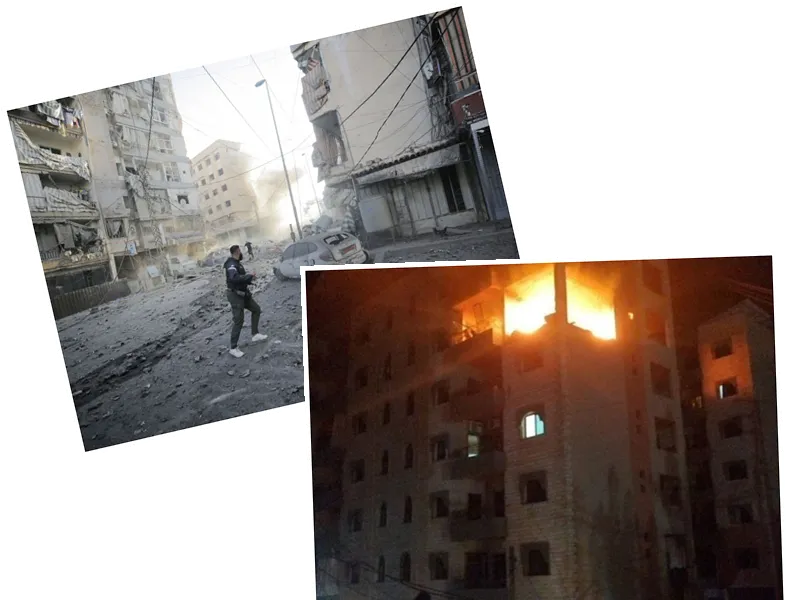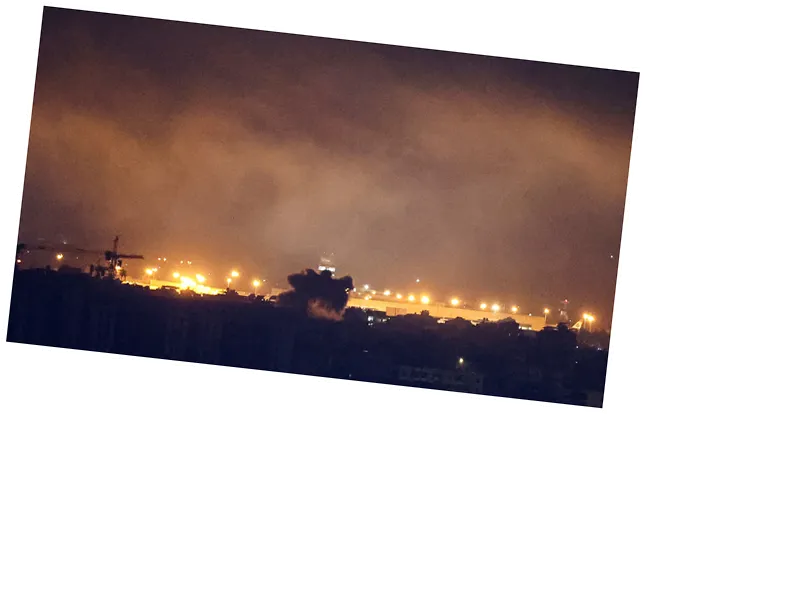The strategic importance of Khiyam lies not only in its geographical position but also in its historical significance as a site of resistance against Israeli occupation. The town's previous battles have shaped its current military landscape, influencing both Hezbollah's defensive strategies and Israeli military planning.
The ongoing conflict in Khiyam reflects broader regional tensions and the complexities of military engagement in urban environments, where control over small areas can require extensive resources and result in prolonged engagements.
If the current trend continues, the battle for Khiyam may escalate further, leading to increased military presence and potentially drawing in more regional actors into the conflict.
The resistance tactics employed by Hezbollah could inspire similar strategies in other contested areas, complicating Israeli military operations throughout southern Lebanon.
The town of Khiyam in southern Lebanon is currently the focal point of intense clashes between Hezbollah and the Israeli military, marked by heavy aerial bombardments and artillery fire. Located approximately 5 kilometers from the Blue Line that separates Lebanon and Israel, Khiyam's strategic significance is underscored by its control over the surrounding Khiam Plain, which is vital for military operations in the region. Experts highlight that the town's geographical position allows visibility over the Upper Galilee region, making it a critical target for Israeli forces aiming to advance into southern Lebanon.
Military analysts note that the ongoing confrontations in Khiyam differ significantly from the 2006 war, where Hezbollah's use of advanced anti-tank missiles shocked Israeli forces. In the current conflict, Israeli troops have made multiple attempts to penetrate Khiyam, facing fierce resistance from Hezbollah fighters who have employed precision missiles and drones to target advancing Israeli units. Despite heavy bombardments, Israeli forces have struggled to achieve significant ground advancements, indicating the challenges they face in controlling the area.
The battle for Khiyam has drawn comparisons to historical conflicts, with military experts describing the town as a potential 'Lebanese Stalingrad.' The resistance's tactics, including ambushes and drone strikes, have effectively countered Israeli operations, leading to substantial losses for the Israeli military. The ongoing conflict is characterized by a series of costly Israeli attempts to break through Hezbollah's defenses, highlighting the complexities of urban warfare in this strategically important region.





